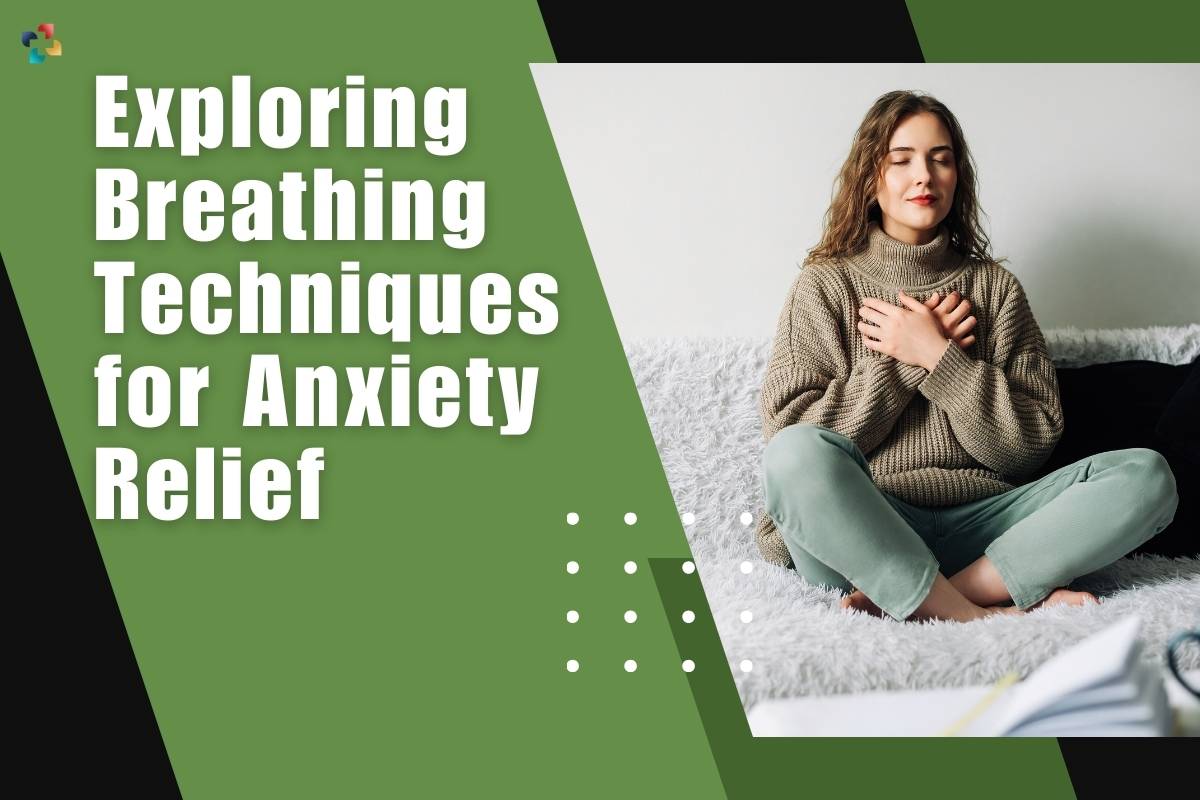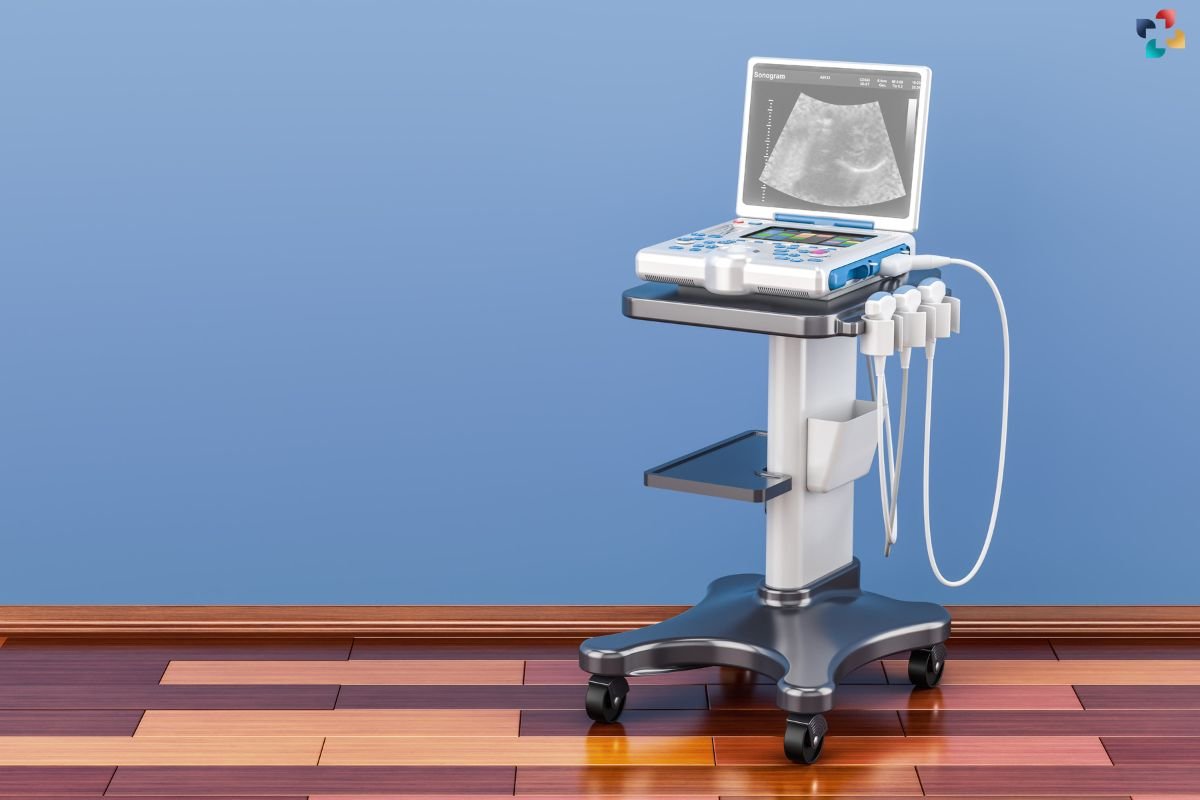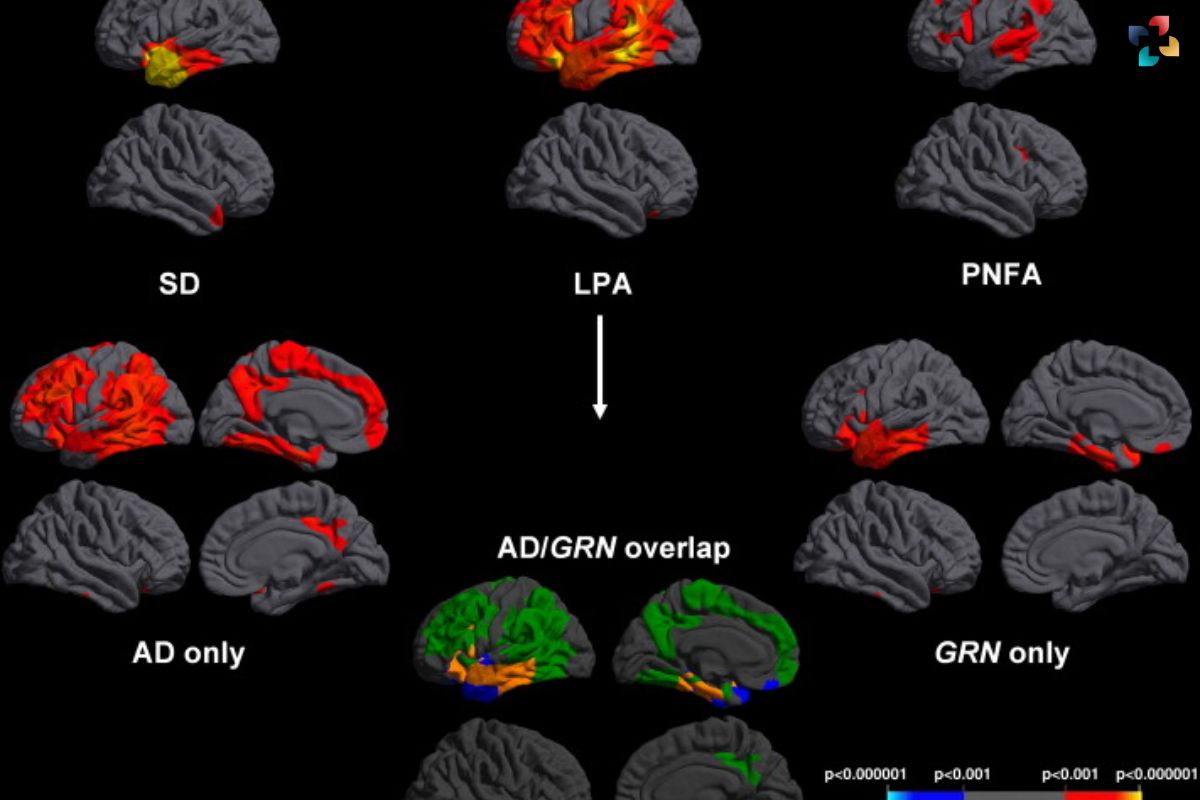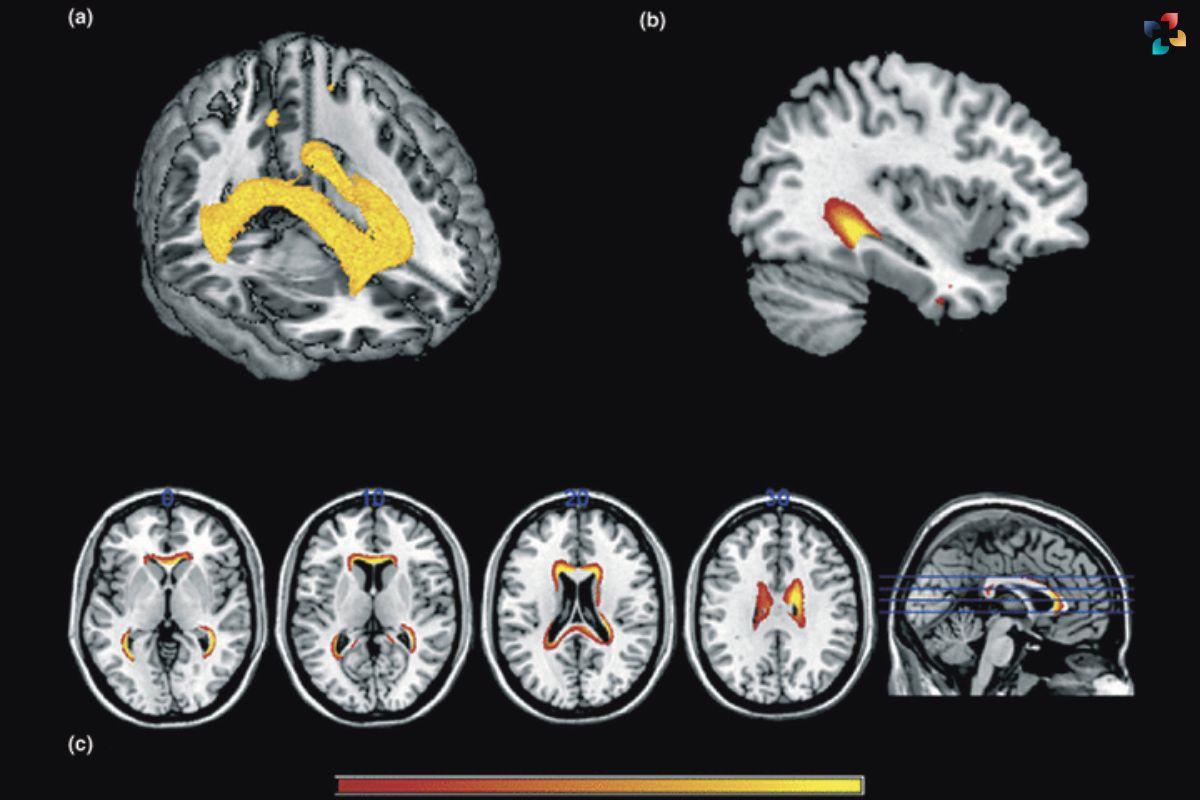Amidst the chaos of our fast-moving lifestyles, anxiety is a growing problem that affects millions of people globally. The good news is that there is a potent tool to reduce anxiety and enhance mental health just in the act of breathing. This essay will explore the topic of breathing Techniques for Anxiety Relief and show how deliberate and attentive breathing may significantly improve anxiety symptoms management and reduction. Come along on a trip to uncover your inner peace and learn about the transformational power of breath.
Understanding Anxiety and Its Impact
Before delving into the specific Breathing Techniques for Anxiety, it’s essential to understand the nature of anxiety and how it affects the mind and body. Anxiety is a natural response to stress, but when it becomes chronic or overwhelming, it can lead to a range of physical and emotional symptoms. From racing thoughts and a sense of impending doom to muscle tension and increased heart rate, anxiety can take a toll on both mental and physical well-being.
The Link Between Breath and Anxiety
The profound connection between breath and emotions is evident in the context of anxiety. When anxiety sets in, the body’s instinctive reaction is often characterized by shallow, rapid breathing, further perpetuating a cycle of heightened stress. By consciously incorporating breathing techniques for anxiety into our routines, we can actively influence the autonomic nervous system. This intentional shift enables us to move from the “fight or flight” response to the “rest and digest” mode, imparting a calming effect on both the body and mind. Thus, the strategic use of breathing techniques for anxiety emerges as a valuable and empowering tool in effectively managing stress and promoting overall well-being.
Breathing Techniques for Anxiety Relief
1. Diaphragmatic Breathing
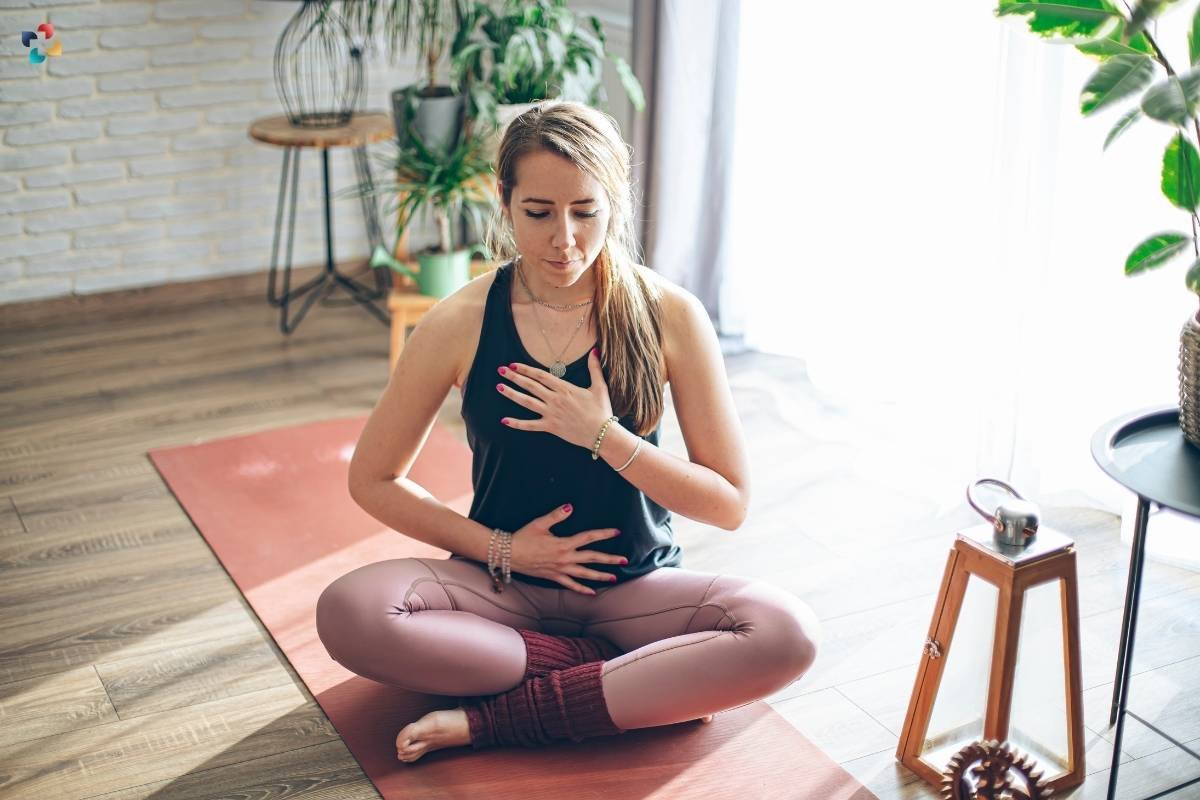
Also known as deep belly breathing, diaphragmatic breathing is a fundamental technique that encourages the use of the diaphragm, a muscle located below the lungs. To practice diaphragmatic breathing:
- Sit or lie down comfortably.
- Place one hand on your chest and the other on your abdomen.
- Inhale slowly through your nose, allowing your abdomen to expand.
- Exhale slowly through pursed lips, feeling your abdomen contract.
- Repeat for several breaths, focusing on the natural rhythm of your breath.
This technique promotes relaxation by engaging the diaphragm and reducing shallow chest breathing associated with anxiety.
2. 4-7-8 Breathing Technique
Developed by Dr. Andrew Weil, the 4-7-8 breathing technique is a simple yet effective method to calm the nervous system. Follow these steps:
- Inhale quietly through your nose for a count of 4.
- Hold your breath for a count of 7.
- Exhale completely through your mouth for a count of 8, making a whooshing sound.
- This completes one breath cycle. Repeat for a total of four cycles.
- Regular practice of the 4-7-8 technique can help reduce anxiety, improve focus, and promote better sleep.
3. Box Breathing
Also known as square breathing, box breathing is a structured technique that emphasizes equal duration for each phase of the breath. Here’s how to practice box breathing:
- Inhale through your nose for a count of 4.
- Hold your breath for a count of 4.
- Exhale through your mouth for a count of 4.
- Pause and hold your breath for a count of 4.
- Repeat the cycle.
This technique is easy to remember and can be done discreetly in various situations to manage anxiety.
4. Alternate Nostril Breathing Techniques for Anxiety
Derived from yoga, alternate nostril breathing, or Nadi Shodhana, aims to balance the right and left hemispheres of the brain, promoting a sense of calm. Follow these steps:
- Sit comfortably with a straight spine.
- Use your right thumb to close your right nostril and inhale through your left nostril.
- Close your left nostril with your right ring finger, release your right nostril, and exhale.
- Inhale through the right nostril.
- Close the right nostril, release the left, and exhale through the left nostril.
- This completes one cycle. Repeat for several cycles.
- Alternate nostril breathing is a powerful technique for centering the mind and reducing anxiety.
5. Mindful Breathing Techniques for Anxiety
At the core of many meditation practices, mindful breathing involves paying attention to each breath without judgment. Here’s a simple way to practice mindful breathing:
- Find a comfortable seated position.
- Close your eyes and bring your attention to your breath.
- Observe each inhalation and exhalation.
- If your mind wanders, gently bring it back to your breath.
- Continue for several minutes.
Mindful breathing cultivates awareness and helps break the cycle of anxious thoughts, promoting a sense of calm and presence.
6. Belly Breathing Techniques for Anxiety
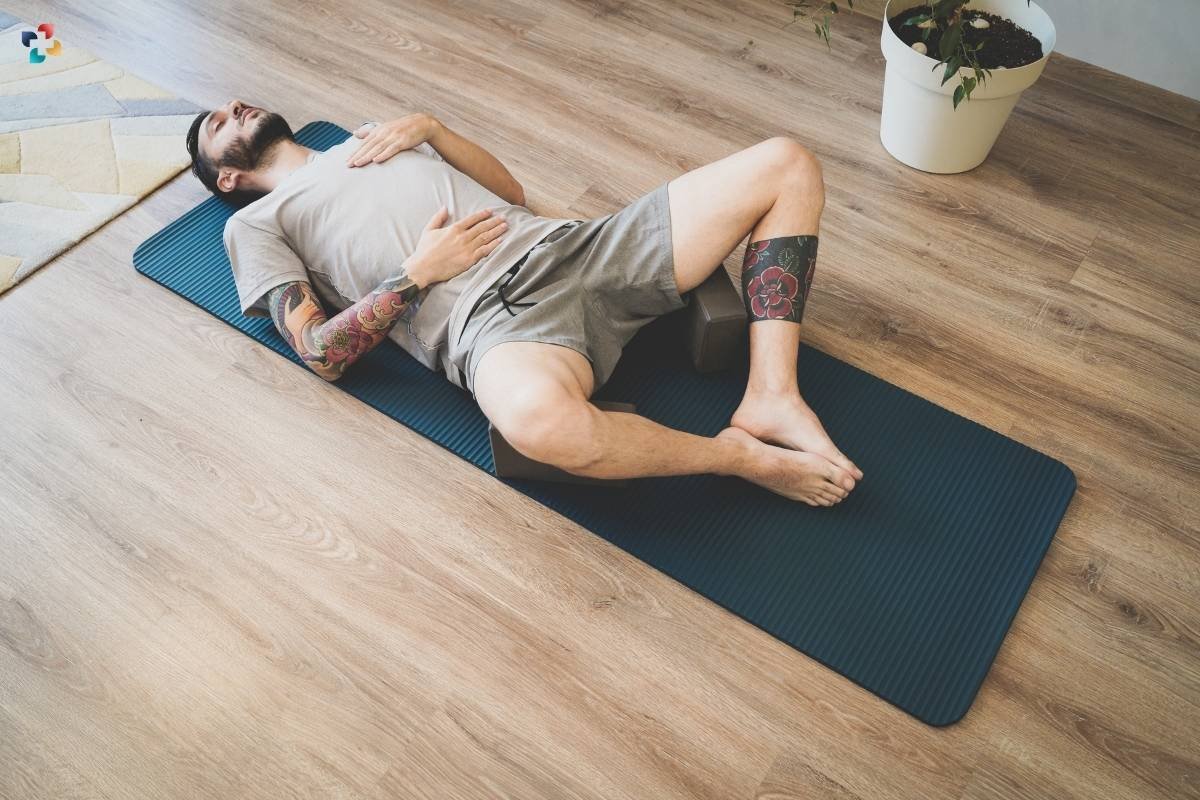
Similar to diaphragmatic breathing, belly breathing focuses on deepening the breath and engaging the diaphragm. Practice belly breathing with these steps:
- Lie on your back with your hands on your abdomen.
- Inhale deeply through your nose, feeling your abdomen rise.
- Exhale slowly through your mouth, feeling your abdomen fall.
- Continue for several breaths, allowing each breath to be slow and intentional.
- Belly breathing is a grounding technique that can be done anywhere to reduce anxiety.
7. Resonant Breathing
Resonant breathing, also known as coherent breathing, involves breathing at a specific rate to achieve a balance between the sympathetic and parasympathetic nervous systems. The 4-4 resonant breathing technique is a common approach:
- Inhale for a count of 4.
- Exhale for a count of 4.
- Maintain a steady rhythm, focusing on the flow of your breath.
Resonant breathing has been shown to reduce anxiety and improve heart rate variability, a marker of overall health.
8. Pursed-Lip Breathing
Pursed-lip breathing is a technique that involves inhaling through the nose and exhaling through pursed lips. Here’s how to practice it:
- Inhale slowly through your nose for a count of 2.
- Pucker your lips as if you were going to whistle.
- Exhale slowly and evenly through pursed lips for a count of 4.
This technique helps regulate breathing patterns and can be beneficial for managing anxiety, especially during moments of heightened stress.
9. Sama Vritti
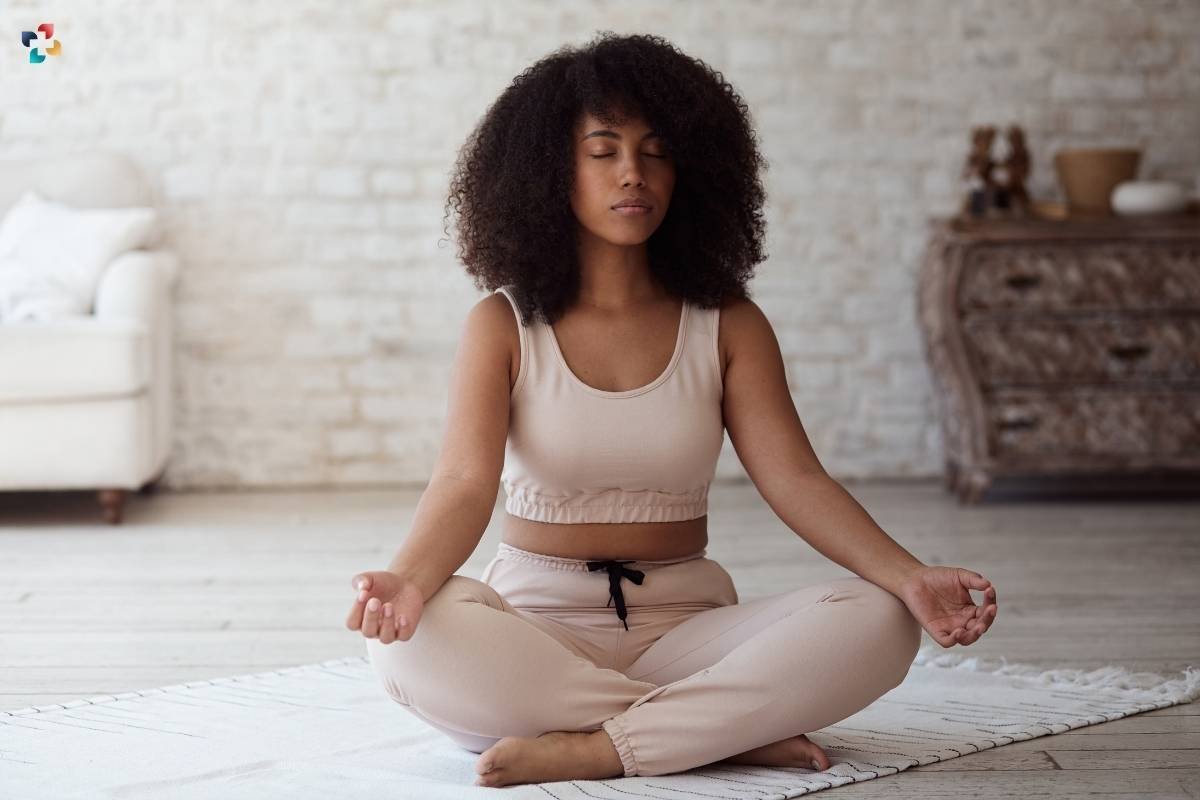
Sama Vritti, or equal breathing, involves inhaling and exhaling for an equal duration, promoting balance and calmness. Follow these steps:
- Inhale through your nose for a count of 4.
- Exhale through your nose for a count of 4.
- Adjust the count based on your comfort level, ensuring inhalation and exhalation are of equal length.
Sama Vritti is a versatile technique that can be adapted to suit your preferences and gradually extended for longer durations.
10. Guided Imagery Breathing Techniques for Anxiety
Combining breath work with visualization, guided imagery breathing is a holistic approach to reducing anxiety. Find a quiet space and:
- Inhale deeply, imagining clean, positive energy entering your body.
- Exhale slowly, envisioning stress and tension leaving with each breath.
- Create a mental image of a peaceful place as you continue to breathe.
Guided imagery breathing engages both the mind and body, fostering a deep sense of relaxation.
Conclusion
The ease with which Breathing Techniques for Anxiety can be applied conceals their significant influence on mental health. The 4-7-8 technique, diaphragmatic breathing, and mindful breathing are some of the techniques we may use to harness the therapeutic potential of breath to help us deal with the difficulties caused by anxiety. Never forget that breathing provides comfort and peace of mind during life’s ups and downs. May you find the transforming power in every deliberate breath as you experiment with these breathing exercises for anxiety, leading you to a more calm and balanced life.

